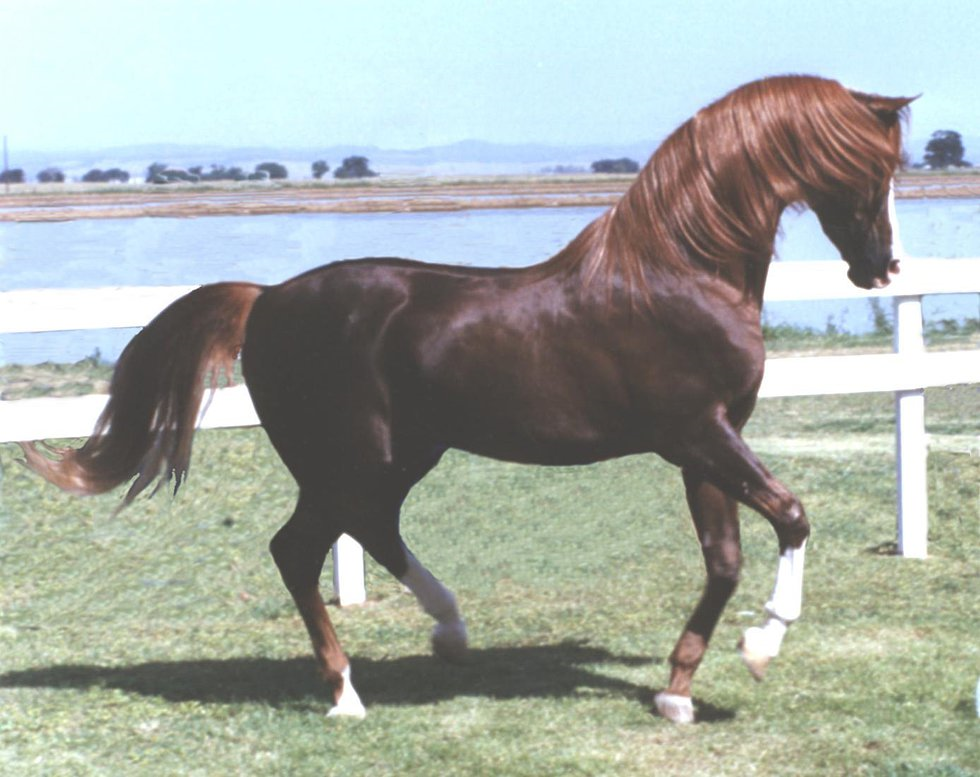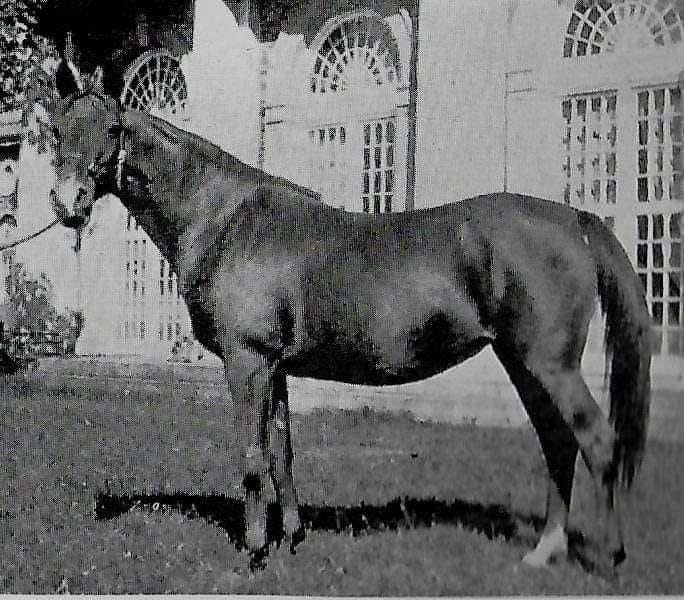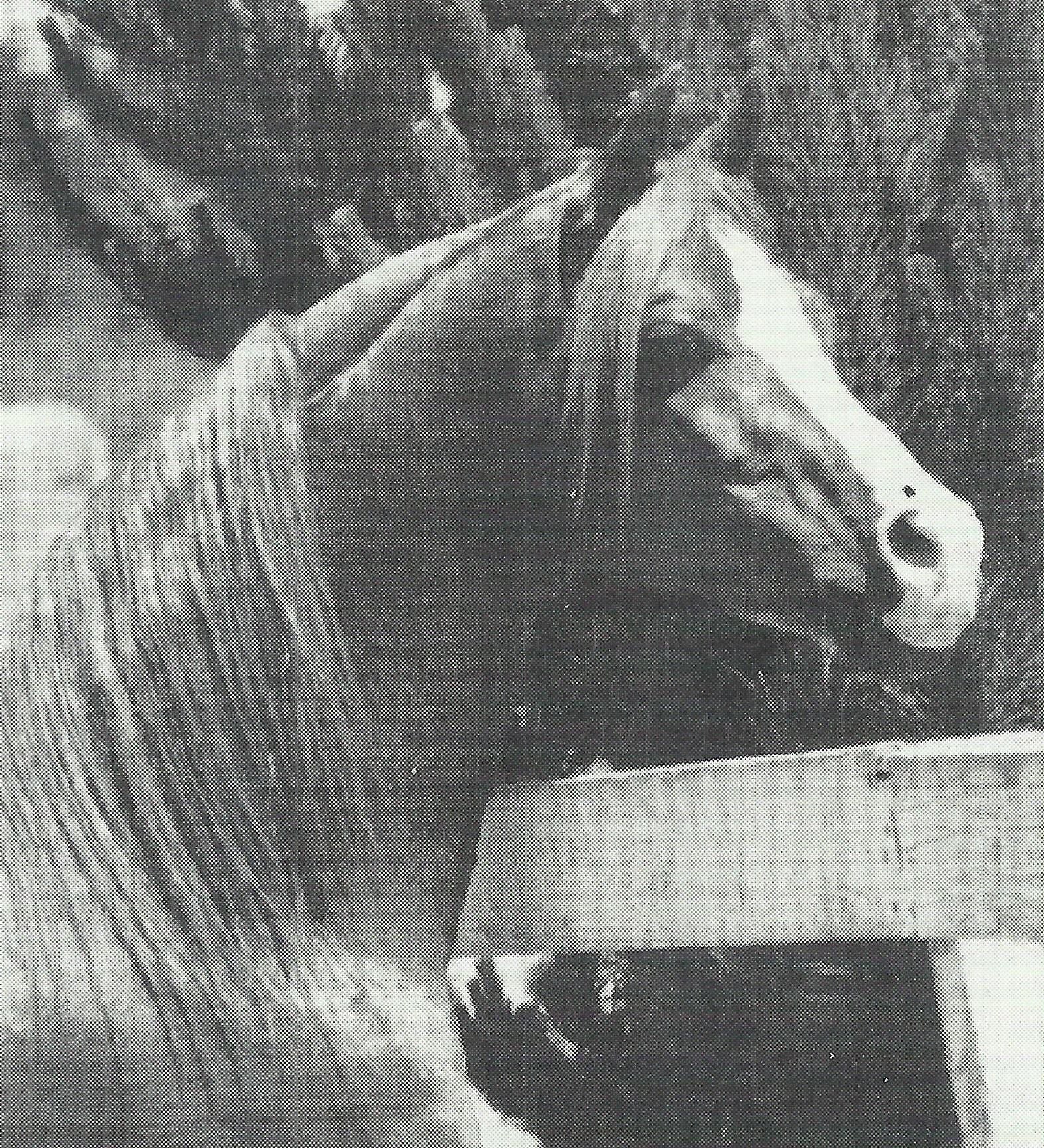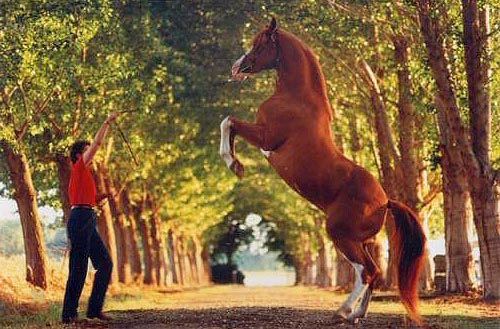Aurab
-
Ben Rabba: An Exceptional Influence on the British Arabian
-
Ben Rabba 1964-1990
-
The Original Crabbet - Maynesboro - Kellogg Mare Families
-
Kellogg Bloodlines Return to Cal Poly
-
The Abu Farwa Influence in Australia and New Zealand
-
Cantrell Arabs and the 'Ben Rabba Collection'
-
Warren Park Stud: Years with Aulrab and GA Topaz







